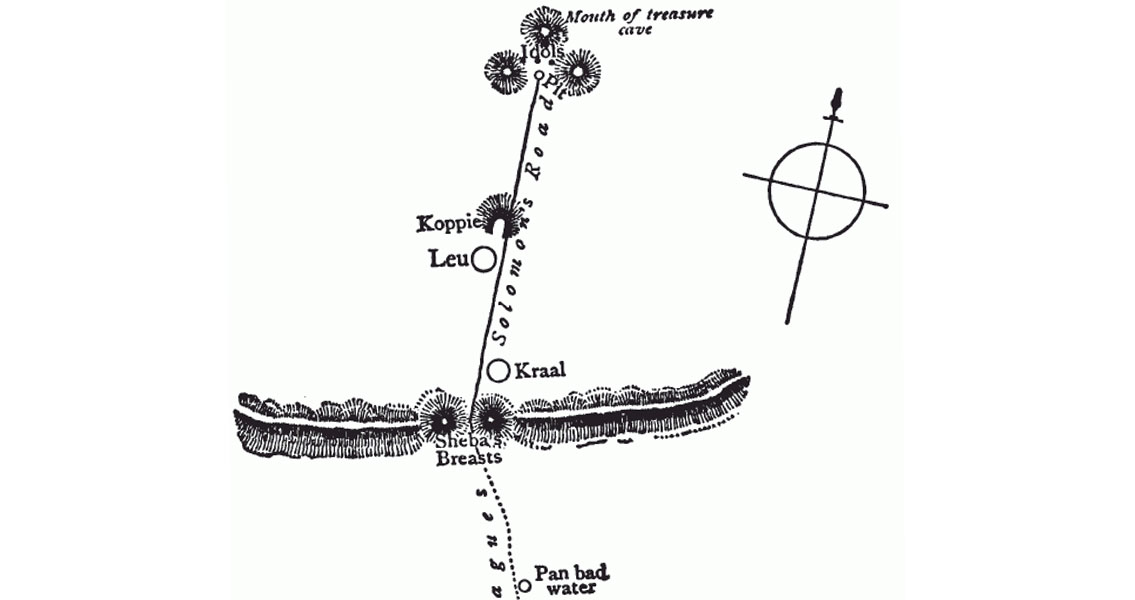<![CDATA[Biblical-era metalworkers had a luxurious diet, according to a team of researchers in Israel. Workers at ancient copper mines, in what is modern-day Israel, were rewarded with well-rounded meals. The metalworkers' diet included cuts of sheep and goat, pistachios, grapes and fish brought to the remote desert mine from the Mediterranean. Researchers working at the Slave's Hill site, located in Israel's Timna Valley, have been analysing ancient leftovers and refuse in order to find out about what the community used. Their findings imply the name 'Slave's Hill' is a misnomer. The diet of the workers suggests they were probably not slaves at all, rather, they enjoyed a high social position due to their skilled craft. Timna Valley has been mined for millennia, as it contains large amounts of valuable copper deposits. It is the second biggest source of copper in the entire southern Levant region. The area continues to be used for modern copper production, although primitive mining pits are still clearly visible. Since 2012, a team of researchers led by Erez Ben-Yosef, an archaeologist from Tel Aviv University, has been investigating Slave's Hill. The site had a smelting factory in operation during the tenth century BCE, the era of the Biblical King Solomon. Ben-Yosef and his team have been examining ancient furnaces at the site, as well as a large amount of slag, a waste product created from smelting. When the site was originally excavated by Nelson Glueck in the 1930s, its fortified walls were assumed to have been intended to keep enslaved labourers from escaping. Glueck also thought he had discovered the mines which had led to King Solomon's legendary wealth. Ben-Yosef's research has cast doubt on the first of those assumptions, however. By looking at the animal remains found at the site, the team discovered bones of sheep and goat with butchery marks on them. The bones from the meatiest parts of the animals were found nearest to the smelting furnaces. These two findings suggest that the mining camp relied on livestock for food, and that metalworkers were rewarded for their craft skills. The researchers also found the remains of eleven different types of fish. One of these fish, the catfish, is not native to the area around Timna Valley, meaning it must have been imported. In addition, the team found pistachios and grapes which could not have been grown locally. These food items would have come from the Mediterranean Sea, over 125 miles (200 kilometres) away. The site at Slave's Hill provides valuable information about the social hierarchy of the Biblical Levant. It is clear that whoever was running the mining camp took great care that the workers were eating well. The owner was importing food and giving the most luxurious items to the metalworkers. The evidence found by Ben-Yosef's team shows that metalworkers, far from being lowly slaves, were highly prized because of their specialist skills. Metalworkers were incredibly valued individuals, "if they had mistaken something, the entire process would fail," Ben-Yosef said. "On the other hand, if they do succeed, they are the guys who know how to make metal from rock."]]>
Biblical Metalworkers Ate Like Kings
